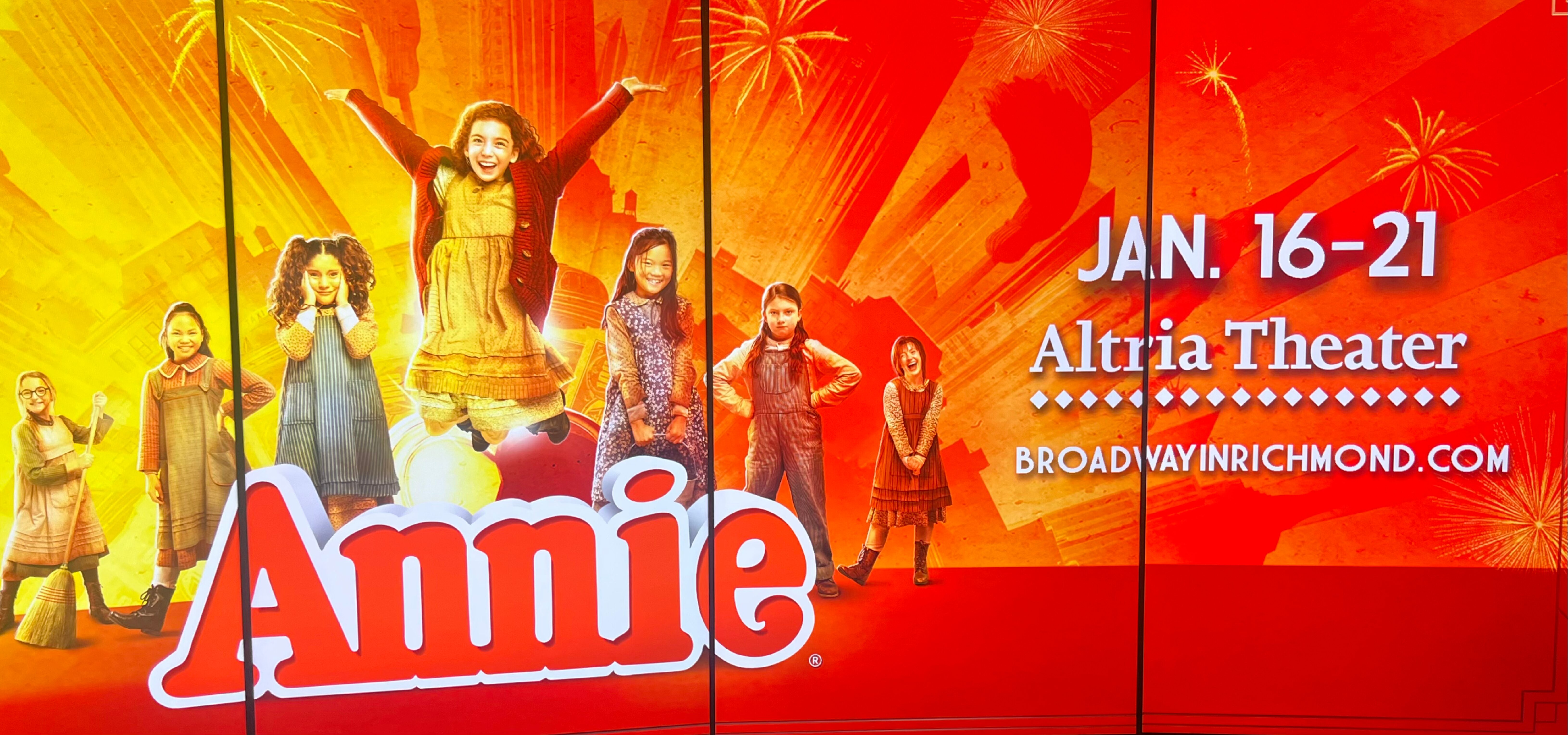By Nina Zeballos
Warning: Spoilers ahead.
Have you ever dreamed of becoming Mrs. Chalamet? Have you dreamed of getting a chance to meet the Timothée? Well, guess what? Not only is he a charming, handsome young superstar, but he can also act, and you can have the pleasure of watching him on the big screen in his latest feature.
The movie Dune: Part One, adapted from the sci-fi novel Dune by Frank Herbert, was released in theaters and on HBO Max on October 22 and features multiple well-known actors, including Chalamet, Zendaya, and Jason Momoa. Dune: Part One covers around 500 pages of the first book in the series and runs for a total of two hours and 35 minutes.
Denis Villeneuve, the director, is French and Canadian; he has directed multiple sci-fi movies, including Bladerunner 2049 and Arrival. The cinematographer, Greig Fraser, has also done work on sci-fi movies, including Rogue One: A Star Wars Story and The Mandalorian. Along with Villeneuve and Fraser, award-winning German composer Hans Zimmer produced the soundtrack. He has composed for many famous films, including Interstellar, Inception, and Dunkirk.
Paul Atreides, portrayed by Chalamet, is the son of Duke Leto and Lady Jessica of House Atreides, who rule Caladan, the ocean planet. Lady Jessica, played by Rebecca Ferguson, is a Bene Gesserit; this is a limited group of females who possess mental and physical abilities beyond what is considered normal. The group told Lady Jessica to give birth to a daughter, who would become the messiah, but she instead bore a son. Their House is tasked with taking over Arrakis, a desert planet, and its spice production while also subduing the locals who roam the desert, known as the Freman. Their enemy, House of Harkonnen, attempts to sabotage and destroy House of Atreides by destroying the fortress they are staying at on Arrakis. Paul and Lady Jessica hardly escape the ensuing chaos. The film ends with Paul and Jessica joining the Freman and finding hope to overcome the House of Harkonnen and its sinister leader.
The tense soundtrack is brought to life by Zimmer through his innovative techniques. He sought to create a soundtrack that uses diversified, unrecognizable instruments and highlights female singers, claiming that the strength of the movie is driven by the women. He worked to create “impossible” sounds for a dramatic film.
I believe the soundtrack has an immense impact on the film. It creates a united pattern, synching the cinematography, soundtrack, and story, and adds to the overwhelming emotion experienced while watching it. During tense moments, he uses instruments such as violins or heavy drums. Yet he uses percussion instruments, which give off airy and light sounds, during less serious scenes. He is able to make a scene eerie and sinister with just the soundtrack. The audio and visual sensory experience is incredible.
The movie is certainly lengthened to make room for the cinematography and the soundtrack. Despite my belief that it has some fluff, I think the movie is highly impressive, and I enjoyed the cinematic experience. The color palette works to create a cohesive blend and support the emotion of the film. Utilizing more washed-out shades of brown with pops of blue helps frame the overall theme: destiny versus free will. I find that the palette signifies the underwhelming, hopeless struggle against fate, while the stark blue contrasting to the insignificant tones of tan signifies the submission to and embracing of fate. I believe Fraser does a brilliant job at executing this.
Steve Prokopy of Third Coast Review expresses his enchantment with the cinematography and then continues, “But Dune isn’t all about the spectacle. It’s about the perils of entitlement and tyranny, even with the best of intentions. It’s about internal and cultural rebellion and betrayal. And it’s those elements that personalized the experience of watching this movie for me, added to the sweeping visuals, and made those magnificent sand worms seem so damn threatening.”
Regarding the storyline, it is difficult to follow. I went into the movie without any previous knowledge on Dune, not even a trailer’s worth of information. It definitely is intended for an audience with background on the film. During parts of the movie, I had my father explain and summarize it to me. He has seen the 1984 film version of Dune and has read the novel.
I asked president of the Film Club at Collegiate and film fanatic Hugh Cafritz (‘22) his thoughts on the movie: “Dune is incomplete. It isn’t trying to tell a whole story, and because of that, it fails on many basic story levels. For one, there is no end. It just decides to cut to black at a certain point because it’s been two and a half hours.”
He then continues on, “That said, it is a gorgeous movie and has some of the best visual effects, art design, and cinematography of the year. But you can’t really judge this movie yet. It isn’t finished. It is more of a pilot for a tv show that sets up the characters and world before delving into a narrative.” Cafritz summarized my sentiments impeccably.
Despite being excessive, the movie is a whole experience in itself. One doesn’t go to watch this film solely for the story; the visuals and the audio add a whole separate layer. The mournful music and brilliant scenery create a world that is hyper-realistic and unforgettable. I enjoyed watching Dune, and I would suggest you give it a chance for the experience, even if you are not interested in science fiction. As Cafritz flawlessly puts it, “It’s thematically flawed and barren, instead focusing on world-building. Dune disappointed me as a film, but leaves me excited for what’s to come.”








Recent Comments